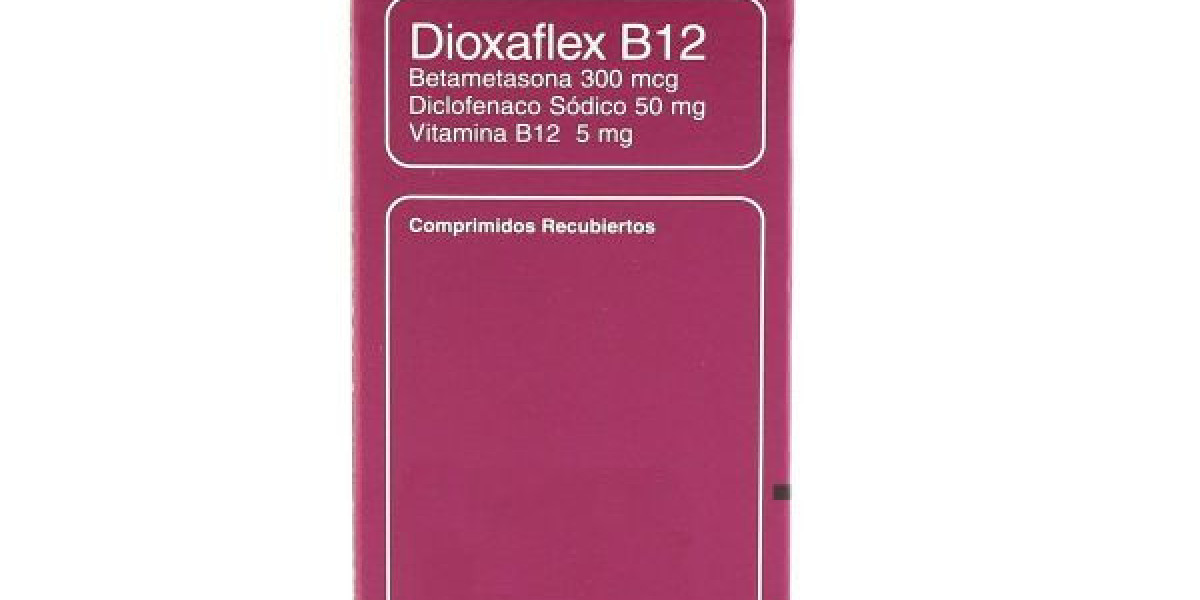 Autism is a complex neurodevelopmental disorder that affects communication, social interaction, and behavior. It is estimated that 1 in 59 children in the United States has been diagnosed with autism spectrum disorder. While there autism cure with stem cells therapy is no known cure for autism, researchers are exploring new treatment options, including stem cell therapy. Stem cell therapy is a promising new approach to treating autism. Stem cells are unique cells that have the ability to develop into different types of cells in the body. They have the potential to repair damaged tissues and promote healing. In the case of autism, stem cell therapy aims to restore the balance of neurotransmitters in the brain and improve communication between neurons. One of the key benefits of stem cell therapy for autism is its potential to address the underlying causes of the disorder. Current treatments for autism focus on managing symptoms rather than addressing the root cause of the condition. Stem cell therapy offers the possibility of repairing the damaged neural pathways in the brain that contribute to the symptoms of autism. Research studies have shown promising results in using stem cell therapy to treat autism. In a study published in the journal Stem Cells Translational Medicine, researchers found that stem cell therapy improved communication and social interaction in children with autism. The study showed that stem cells injected into the brains of autistic mice were able to migrate to the damaged areas and promote the growth of new neurons. Another study published in the journal Cell Stem Cell found that stem cell therapy improved cognitive function in children with autism. The researchers transplanted stem cells into the brains of autistic mice and observed an improvement in learning and memory. The study suggested that stem cell therapy could help to restore the balance of neurotransmitters in the brain and improve cognitive function in children with autism. While stem cell therapy shows promise as a treatment for autism, more research is needed to fully understand its potential benefits and risks. The therapy is still in the experimental stages and has not yet been approved for use in the treatment of autism. It is important for parents to consult with their healthcare providers before considering stem cell therapy for their child with autism. In conclusion, stem cell therapy offers a new and innovative approach to treating autism. By targeting the underlying causes of the disorder, stem cell therapy has the potential to improve communication, social interaction, and cognitive function in children with autism. While more research is needed to fully understand the benefits and risks of stem cell therapy for autism, the early results are promising. This therapy could offer hope for families affected by autism and help to improve the quality of life for children with this complex disorder.
Autism is a complex neurodevelopmental disorder that affects communication, social interaction, and behavior. It is estimated that 1 in 59 children in the United States has been diagnosed with autism spectrum disorder. While there autism cure with stem cells therapy is no known cure for autism, researchers are exploring new treatment options, including stem cell therapy. Stem cell therapy is a promising new approach to treating autism. Stem cells are unique cells that have the ability to develop into different types of cells in the body. They have the potential to repair damaged tissues and promote healing. In the case of autism, stem cell therapy aims to restore the balance of neurotransmitters in the brain and improve communication between neurons. One of the key benefits of stem cell therapy for autism is its potential to address the underlying causes of the disorder. Current treatments for autism focus on managing symptoms rather than addressing the root cause of the condition. Stem cell therapy offers the possibility of repairing the damaged neural pathways in the brain that contribute to the symptoms of autism. Research studies have shown promising results in using stem cell therapy to treat autism. In a study published in the journal Stem Cells Translational Medicine, researchers found that stem cell therapy improved communication and social interaction in children with autism. The study showed that stem cells injected into the brains of autistic mice were able to migrate to the damaged areas and promote the growth of new neurons. Another study published in the journal Cell Stem Cell found that stem cell therapy improved cognitive function in children with autism. The researchers transplanted stem cells into the brains of autistic mice and observed an improvement in learning and memory. The study suggested that stem cell therapy could help to restore the balance of neurotransmitters in the brain and improve cognitive function in children with autism. While stem cell therapy shows promise as a treatment for autism, more research is needed to fully understand its potential benefits and risks. The therapy is still in the experimental stages and has not yet been approved for use in the treatment of autism. It is important for parents to consult with their healthcare providers before considering stem cell therapy for their child with autism. In conclusion, stem cell therapy offers a new and innovative approach to treating autism. By targeting the underlying causes of the disorder, stem cell therapy has the potential to improve communication, social interaction, and cognitive function in children with autism. While more research is needed to fully understand the benefits and risks of stem cell therapy for autism, the early results are promising. This therapy could offer hope for families affected by autism and help to improve the quality of life for children with this complex disorder.
搜索
热门帖子








